What To Expect (From Your Skin Care) When You're Expecting
Being anglophiles, we were so excited to see that the Duke and Duchess of Sussex are expecting their first child in Spring 2019. Our first thought was: "Oh, please be a ginger baby!". Our second? "Meghan is going to have to switch up her skin care!".
Good skin care is important during pregnancy as the changes in hormones can significantly impact the skin. Since some skin care ingredients can reach the blood stream and affect the developing fetus, it is imperative that women understand what they can and cannot safely use during pregnancy.
What to avoid:
Vitamin A derivatives - this is the big one. In some studies, topical Vitamin A has been linked to birth defects. The risk is small, but is significant enough that doctors recommend avoiding the following ingredients:
Avage, Fabior, Tazorac (tazarotene)
Avita (tretinoin)
Differin (adapelene)
Panretin (alitretinoin)
Retin-A, Renova (tretinoin)
Retinoic acid
Retinol
Retinyl linoleate
Retinyl palmitate
Targretin gel (bexarotene)
Beta Hydroxy Acids:
This ingredient is frequently seen in anti-acne formulations and, due to pregnancy's tendency to cause increased breakouts, you may be tempted to use it. Don't. While studies have shown that very little is absorbed into the skin during topical application, in it's oral form, it can cause birth defects and pregnancy complications. It's best to use an abundance of caution and avoid it.
Skin Lightening Products:
Melasma, an increase in melanin production that causes hyperpigmentation on the face, is an issue for many women during pregnancy. The ingredient that is considered the "gold standard" for busting up the excess pigmentation, hydroquinone, is a definite NO. A study published in The Canadian Family Physician found that 35%–45.3% of topical hydroquinone is systemically absorbed through the skin. There have not been studies on the safety of hydroquinone, but given the high absorption rate, it's best to avoid the ingredient until more information is available.
What to use in small quantities only:
Hydroxy Acids:
These compounds are great for exfoliation. There haven't been extensive studies on the safety of these ingredients, but it is not thought to penetrate the skin and enter the bloodstream. Using a low percentage in topical products should not pose a risk. Avoid professional peels and high percentage products (more than 2%)
Ingredients:
Alpha hydroxy acid (AHA)
Azelaic acid
Beta hydroxybutanoic acid
Betaine salicylate
Citric acid
Dicarbonous acid
Glycolic acid
Hydroacetic acid
Hydroxyacetic acid
Hydroxycaproic acid
Lactic acid
Trethocanic acid
Tropic acid
2-hydroxyethanoic acid
So, with so many ingredients to avoid or limit, what CAN you use?
We recommend a gentle mechanical exfoliation (a scrub) to encourage cellular turnover, which can help with hormonally induced breakouts. Our favorite? Andrea Garland Pink Palma Rosa Scrub. It's gentle and the pink clay base will help to draw out impurities.
For moisture, we recommend Squalene Oil, such as Indie Lee Squalene Facial Oil or Indie Lee Squalene Facial Cream. It can help protect the skin from external irritants and can act as an anti-inflammatory in the skin.
Finally, a good sunscreen is key for reducing melasma. Look for a mineral based sunscreen, such as zinc oxide. The minerals are too big to penetrate the skin and, as such, are Generally Regarded As Safe (GRAS) by the FDA.
Are you or one of your loved ones expecting and would like more information and recommendations for your skin? Email Liz at liz@thegildedgirl.com for some personalized recommendations.
- Elizabeth Quesnelle

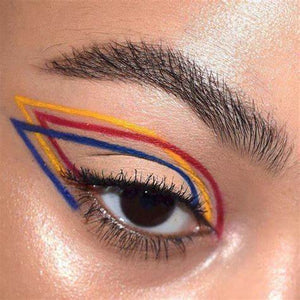
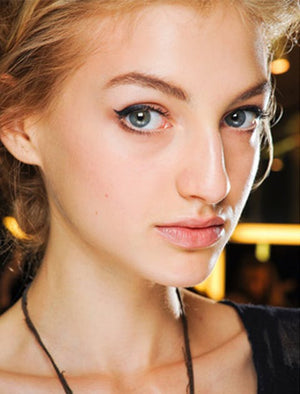
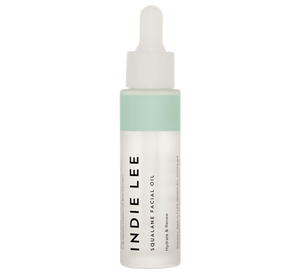
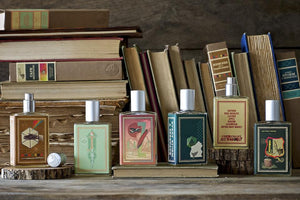
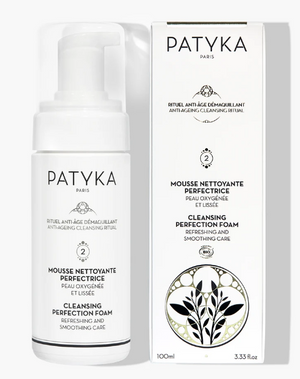
Comments 0